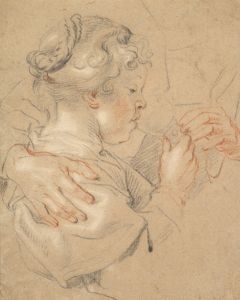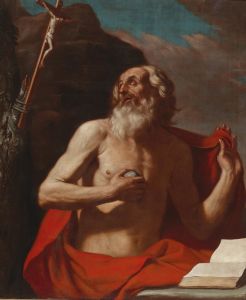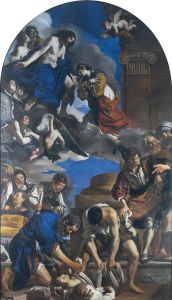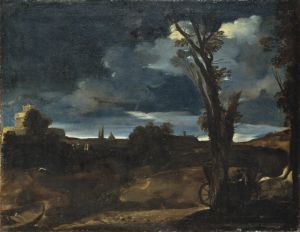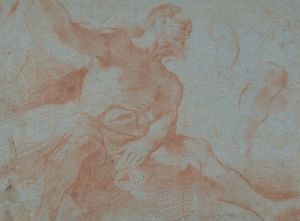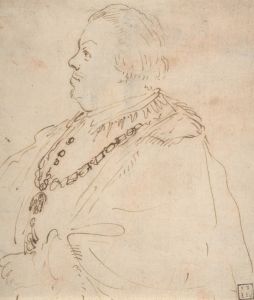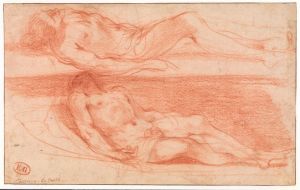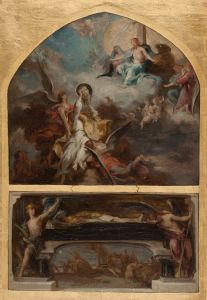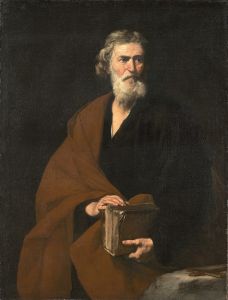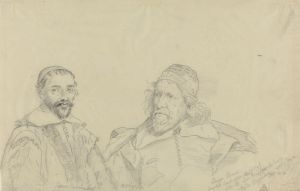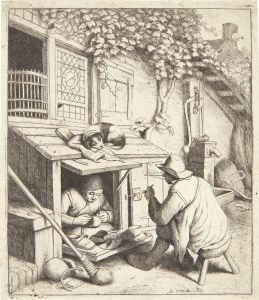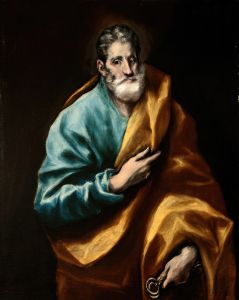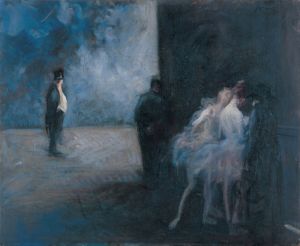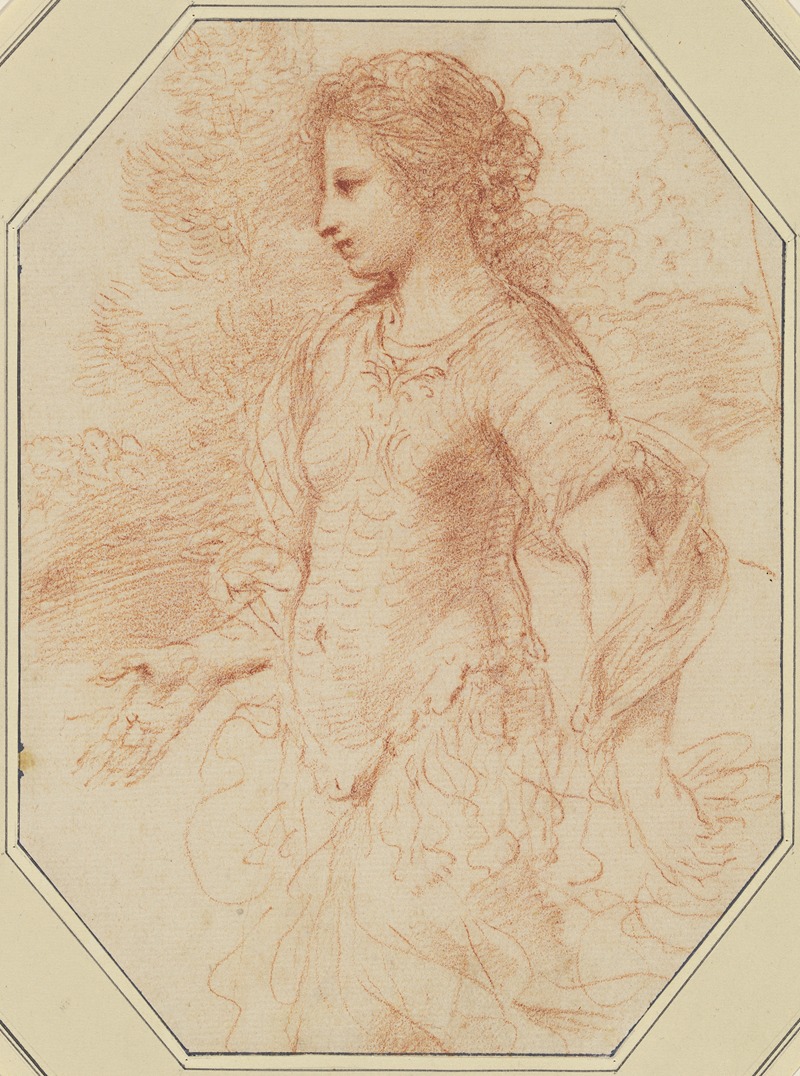
Erminia
A hand-painted replica of Guercino’s masterpiece Erminia, meticulously crafted by professional artists to capture the true essence of the original. Each piece is created with museum-quality canvas and rare mineral pigments, carefully painted by experienced artists with delicate brushstrokes and rich, layered colors to perfectly recreate the texture of the original artwork. Unlike machine-printed reproductions, this hand-painted version brings the painting to life, infused with the artist’s emotions and skill in every stroke. Whether for personal collection or home decoration, it instantly elevates the artistic atmosphere of any space.
Erminia is a painting created by the Italian Baroque artist Giovanni Francesco Barbieri, commonly known as Guercino. The artwork is believed to have been completed around 1637 and is an example of Guercino's mature period, during which he transitioned from his earlier, more dynamic style to a calmer and more classical approach. The painting depicts a scene from Torquato Tasso's epic poem Gerusalemme Liberata (Jerusalem Delivered), a popular literary source for artists during the Baroque period.
In the painting, Erminia, a character from Tasso's poem, is shown in a pastoral setting. She is portrayed as a young woman dressed in elegant clothing, seated and engaged in an act of embroidery or weaving. This moment is inspired by the narrative in which Erminia, a Saracen princess, flees from a battlefield and finds refuge among shepherds, adopting a peaceful rural life. The scene emphasizes her grace, beauty, and introspective nature, aligning with the Baroque interest in capturing human emotion and storytelling.
Guercino's use of light and shadow in Erminia demonstrates his mastery of chiaroscuro, a technique that creates a dramatic contrast between light and dark areas. This approach enhances the three-dimensionality of the figure and the surrounding environment, drawing the viewer's attention to Erminia's serene expression and delicate gestures. The soft, naturalistic colors and the detailed rendering of textures, such as the fabric of her clothing and the foliage around her, reflect Guercino's skill in creating a harmonious composition.
The painting is also notable for its balance between realism and idealization. While Erminia's features are rendered with lifelike precision, her pose and demeanor convey a sense of poetic idealism, in keeping with the literary source material. This blend of naturalism and idealization is characteristic of Guercino's work during this period.
Erminia is housed in the National Gallery of Ireland in Dublin, where it remains an important example of Guercino's contribution to Baroque art. The painting continues to be appreciated for its technical excellence, emotional depth, and its ability to convey a narrative through visual means.





